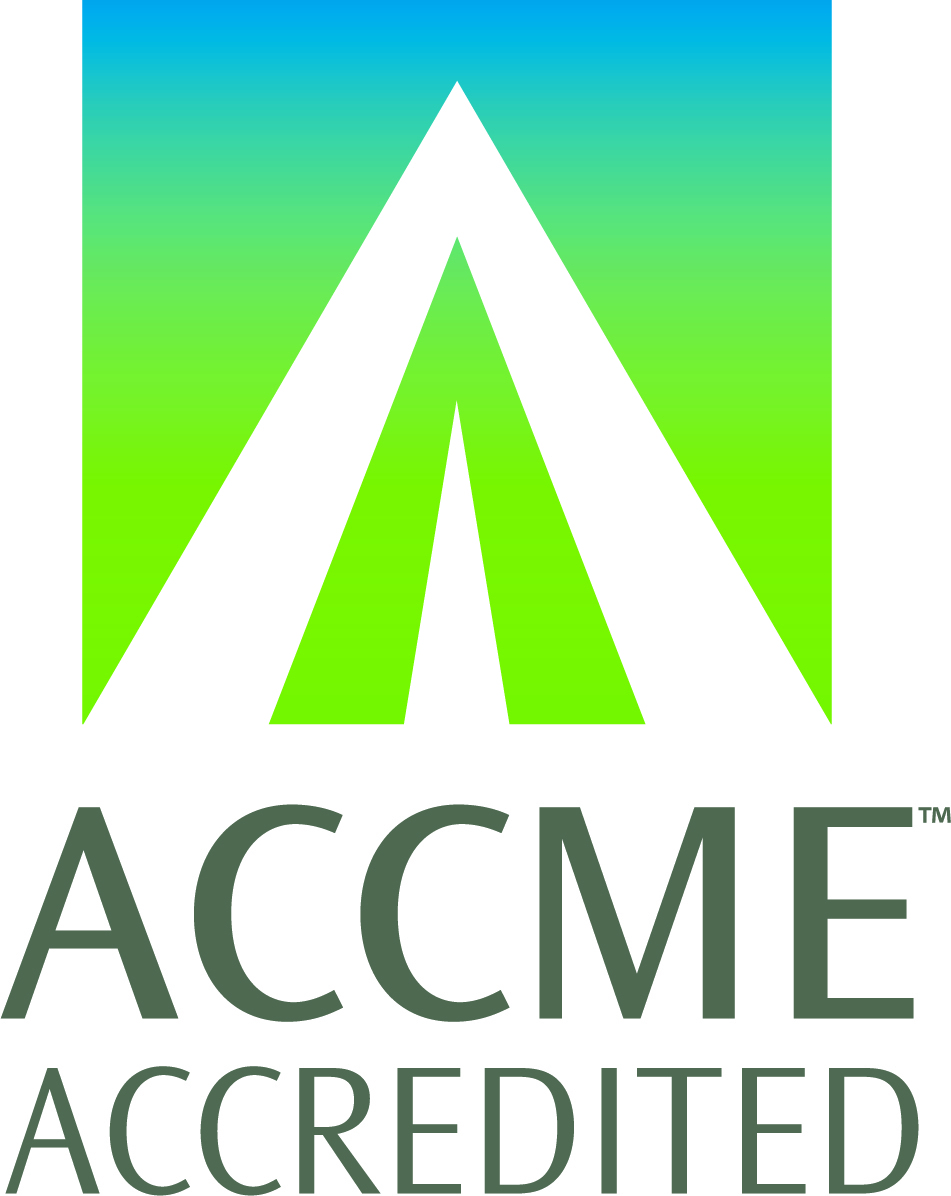
Nonoperative Management of Geriatric Hip Fractures: "What do we know?"
-
Register
- Non-member - $40
- Active Member - Free!
- Research Member - Free!
- Clinical Member - Free!
- Candidate - Free!
- Trauma Practice Professional - Free!
- Emeritus Member - Free!
- International Active Member Tier 1 - Free!
- International Active Member Tier 2 - Free!
- International Active Member Tier 3 - Free!
- International Active Member Tier 4 - Free!
- International Candidate - Free!

Accreditation Statement: The Orthopaedic Trauma Association (OTA) is accredited by the Accreditation Council for Continuing Medical Education (ACCME) to provide continuing medical education for physicians.
Credit Designation: OTA designates this enduring material for a maximum of 1 AMA PRA Category 1 Credits™. Physicians should claim only the credit commensurate with the extent of their participation in the activity.
Successful completion of this CME activity, which includes participation in the evaluation component, enables the learner to earn credit toward the CME of the American Board of Orthopaedic Surgery’s Maintenance of Certification program. It is the CME activity provider's responsibility to submit learner completion information to ACCME for the purpose of granting ABOS credit.
MOC Claim Credit Deadline: 06/25/2028
Learning Objectives:
After completing this activity, learners will be able to:
1. Orthopedic surgeons will be able to confidently reference published medical literature on nonoperative management in their shared decision making discussion regarding treatment options.
2. Internal Medicine/Family Practice/Emergency Medicine colleagues will understand the role of select nonoperative management of geriatric hip fractures.
3. All participants will have a current understanding of what nonoperative management looks like for their patients with respect to quality of life
Faculty:
- Moderator: David Carmack, MD
- Thomas Higgins, MD
- F. Parke Oldenburg, MD
- David Carmack, Jr, MD
- Julie West, AGPCNP
Original release date: 6/25/2025
Expiration date: 6/25/2028
Estimated time to complete activity: 1 hour
Statement of Need/Description/or Summary of Gap Analysis
Physicians lack objective criteria when determining if they feel that nonoperative management for geriatric hip fracture is best for the clinical situation. Most are comfortable with a shared decision-making model when selecting treatments but are not aware of the published literature in this clinical area, and this meeting will seek to improve their ability to reference relative published literature on nonoperative management of select geriatric hip fractures.
We have developed several educational presentations for this meeting that are based on recent literature and are intended to close a gap in physicians’ understanding and management of actual clinical outcomes of nonoperative management of geriatric hip fractures. Recent studies, for example (Nijdam et al, J Clinical Medicine 2024), suggest a need for education on realistic patient clinical outcomes and patient/family experience, which will be covered in the program.
Method of Participation: There are no fees for members to participate in this activity. Non-members must pay $40. To participate in the activity, physicians will be required to take the following steps:
- Read the learning objectives and faculty disclosures.
- Participate in the activity.
- Complete the activity evaluation.
- Participants who successfully complete the evaluation will receive AMA PRA Category 1 Credits™.
Disclosures:
The Orthopaedic Trauma Association has implemented a policy to comply with the current Accreditation Council for Continuing Medical Education (ACCME) Standards for Integrity and Independence in Accredited Continuing Education requiring mitigation of all conflicts of interest. Faculty declaring a relevant commercial interest must be identified in the activity syllabus and/or program.
In accordance with disclosure policies of OTA and the ACCME, every effort has been made to ensure all CME activities are balanced, independent, objective, and scientifically rigorous. These policies include complying with ACCME’s Standards for Integrity and Independence in Accredited Continuing Education and mitigating all relevant conflicts of interest for all individuals in control of content.
All of the relevant financial relationships listed for these individuals have been mitigated
Disclosures are available on the "Disclosure" tab.
Disclaimer: The information in this educational activity is provided for general medical education purposes only and is not meant to substitute for the independent medical judgment of a physician relative to diagnostic and treatment options of a specific patient's medical condition. The viewpoints expressed in this CME activity are those of the authors/faculty. They do not represent an endorsement by the OTA. In no event will the OTA be liable for any decision made or action taken in reliance upon the information provided through this CME activity.
Commercial Support: There is no commercial support for this activity

